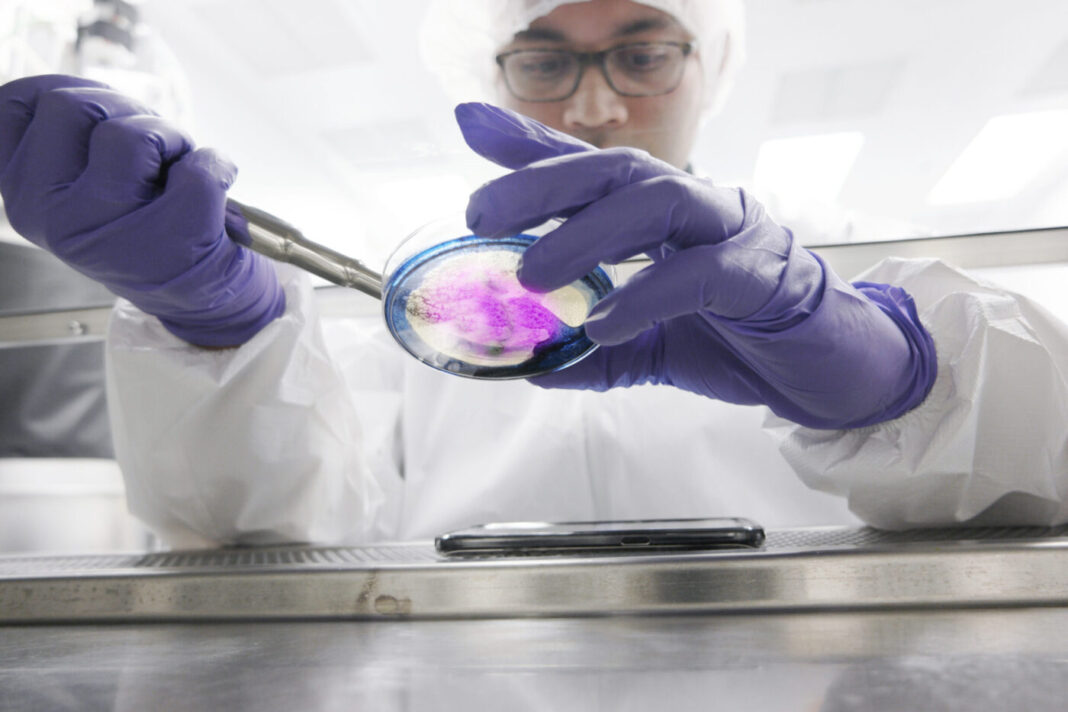A recent article in GEN suggested that the path forward, towards wide-scale adoption of Biopharma 4.0 could go through contract manufacturers. This makes sense given the increased reliance on contractors for critical but non-core activities. Increasingly, those competencies include development and even discovery-related activities.
The current excitement over “advanced” (i.e., cell and gene) therapies raises the stakes for biomanufacturers, as much of their experience with therapeutic proteins no longer applies. Implementing digitalization, monitoring, and control strategies under Biopharma 4.0 is further hindered by the additional layers of both manufacturing and regulatory complexity, and supply chain uncertainties.
A timely study by ISR Reports describes the sponsor-CDMO dynamic in this environment.
“Our research found the primary drivers for outsourcing vary by company size (from virtual biotech to Big Pharma), by what is being outsourced (drug substance, drug product, analytical services), the type of molecule (small molecule, HPAPI, biologics, cell & gene therapies) and the stage of development,” says Kate Hammeke, VP at ISR. “Examples of outsourcing drivers are: cost and/or time savings, access to technologies, skills or scientific expertise not possessed in-house, access to capacity and access to markets. There is usually more than one motivating factor for outsourcing and frequently drug innovator companies work with several CDMOs/CMOs using a combination of outsourcing approaches to meet their manufacturing needs.”
Drug innovators with in-house production capability must consider how their existing capacity and experience will influence their use of CDMOs. ”The reason an internal assessment is important is that behavioral differences arising from outsourcing drivers can affect which outsourcing approach—tactical, partnership, whatever—to take,” adds Hammeke. Moreover these drivers differ based on product type.”
ISR also found variation in CDMO selection criteria by molecule or product type. For protein-based drugs the top three sought-after attributes are project/facility fit, reputation for quality, and a track record of on-time, in-full delivery.
“For cell and gene CDMOs, the top three selection attributes are experience or history of manufacturing cell and/or gene therapies, scientific expertise, and timely/full delivery,” Hammeke tells GEN. “By the way, reliable, on-time delivery is a top selection criteria for small molecule drug substance outsourcing as well.”
Two decades ago specialty chemistry companies (e.g. providing chiral intermediates) talked of “partnerships” with much larger small-molecule pharmaceutical companies. Due to inherent asymmetries in those relationships, the term eventually fell out of favor. Has the time come to rethink the nature of these CDMO-sponsor relationships?
Hammeke thinks so.
“I believe the shift from client-vendor relationships to partnerships will create an environment where virtual biopharma companies can thrive, bringing a start-up mentality and innovation to the biopharma world. Partnerships with CDMOs remove a multi-million-dollar barrier for small companies that do not have the capital to build their own manufacturing facilities. With more companies now focused on early drug development, there is a greater likelihood of identifying viable compounds and bringing more (or more effective) medicines to the patients who need them.”


